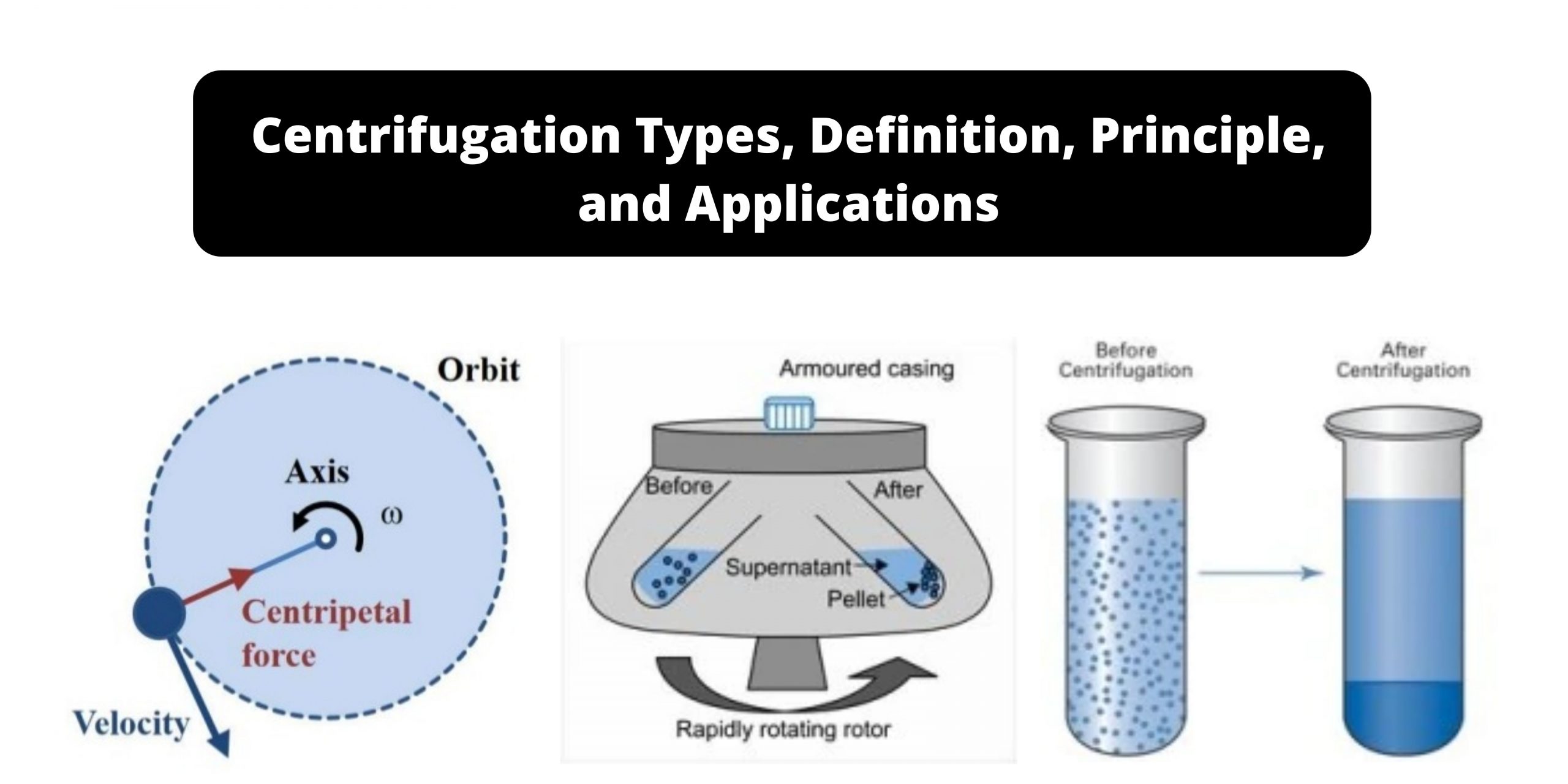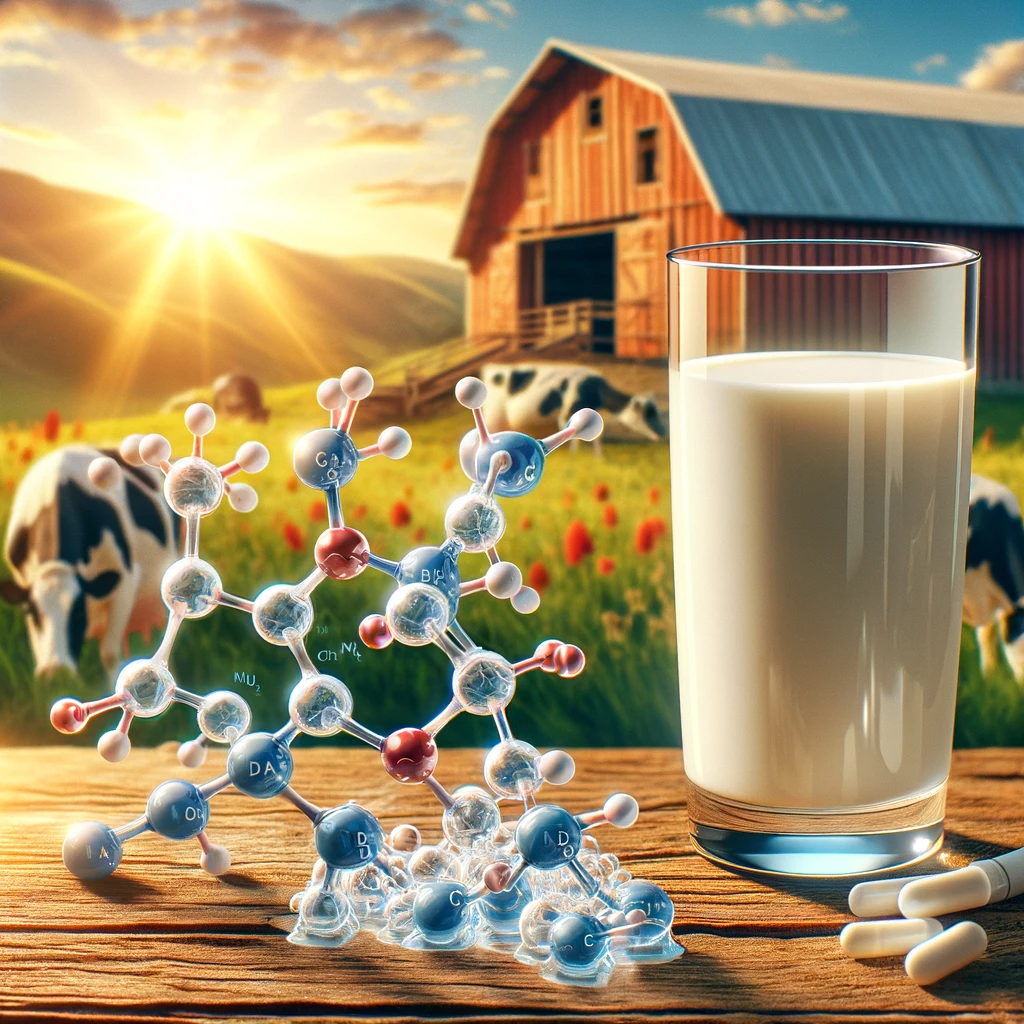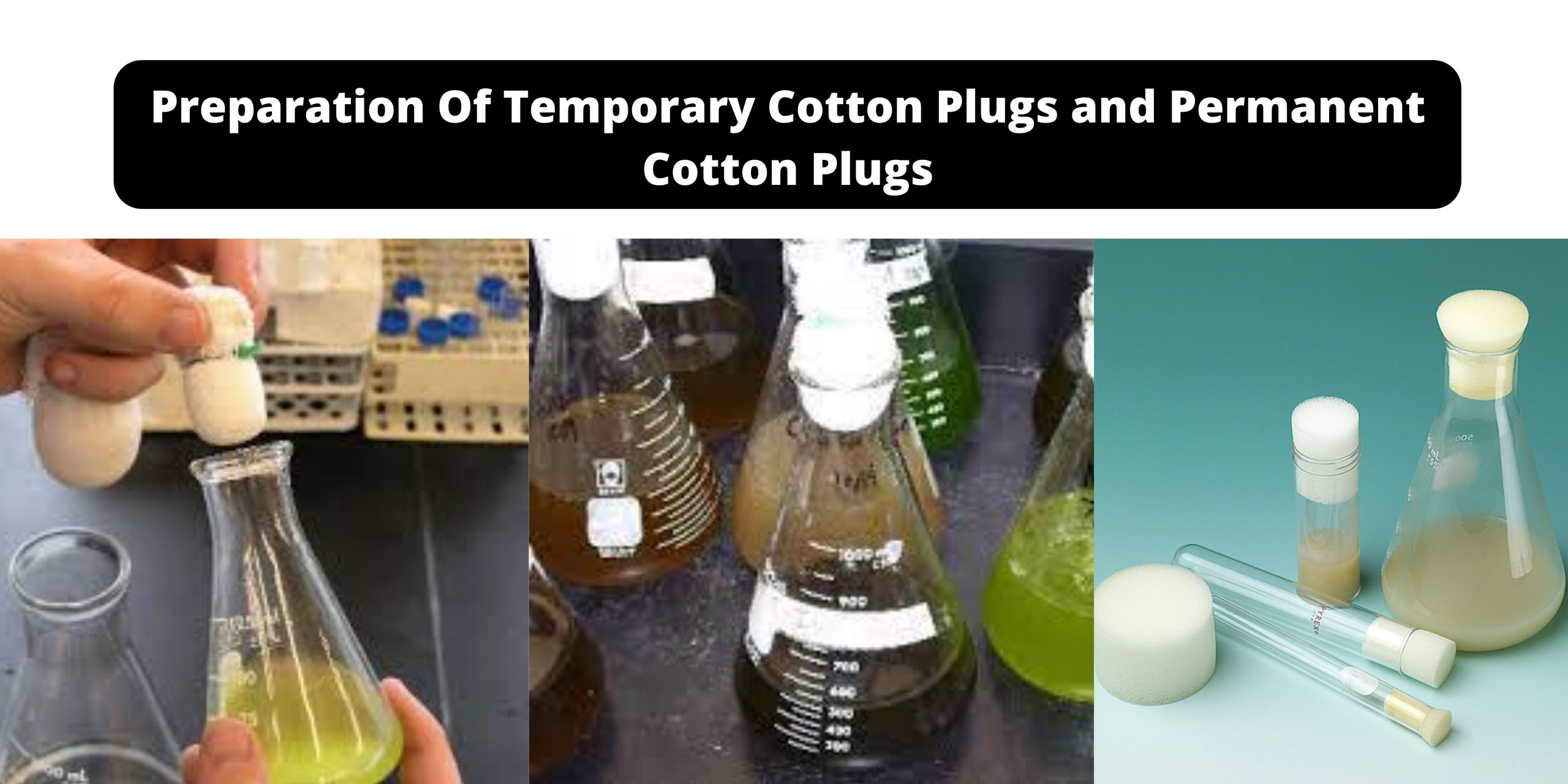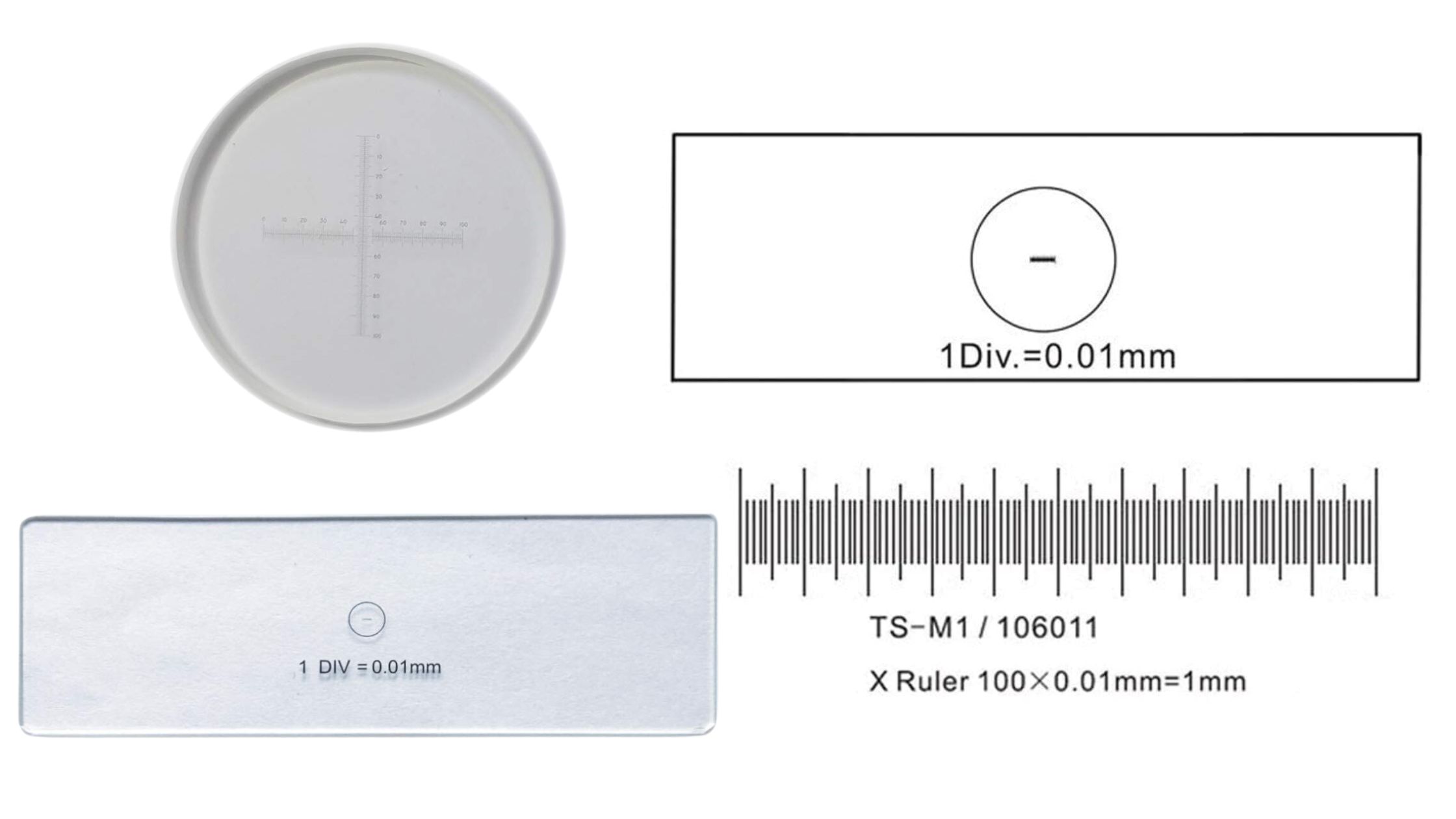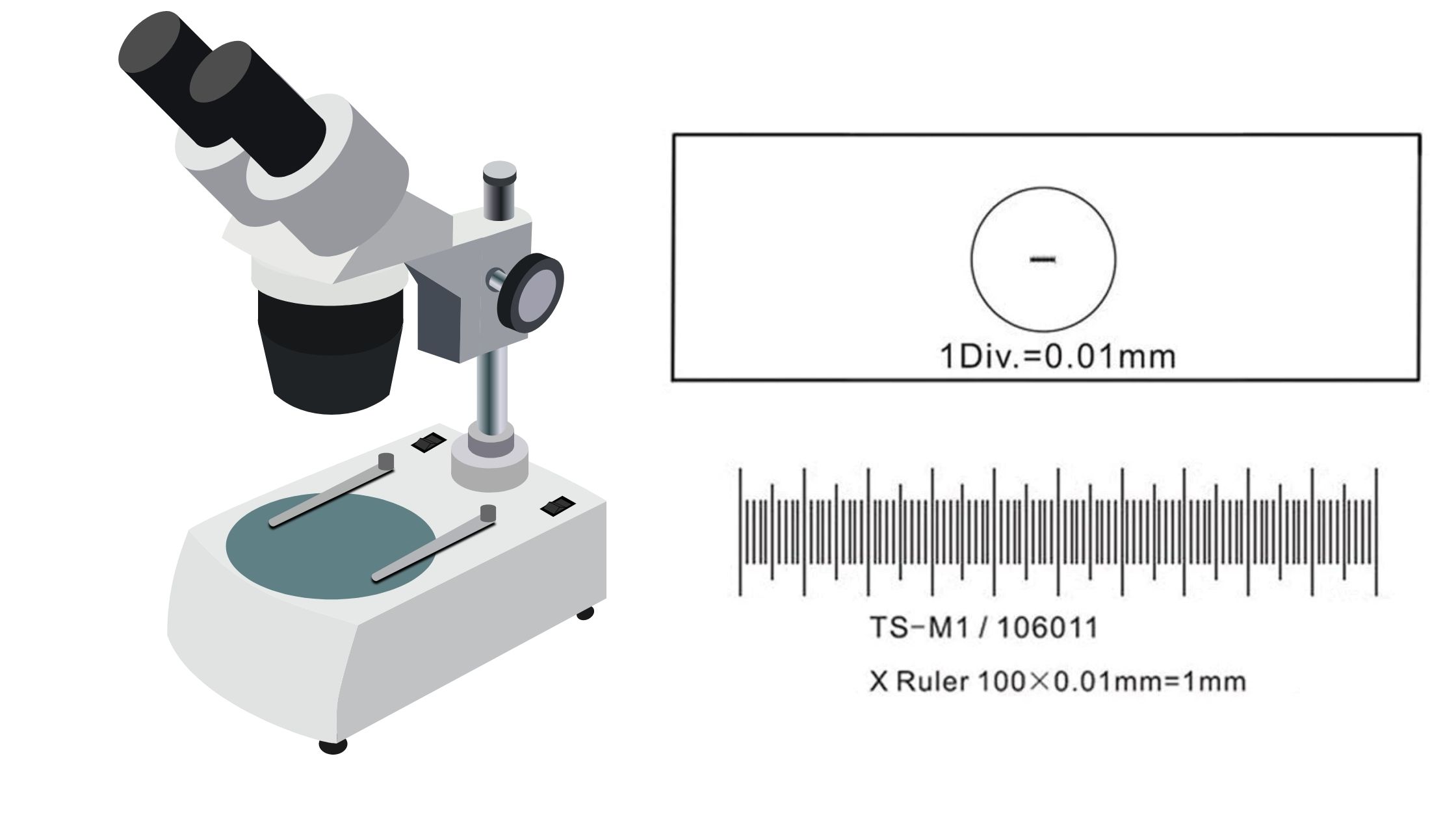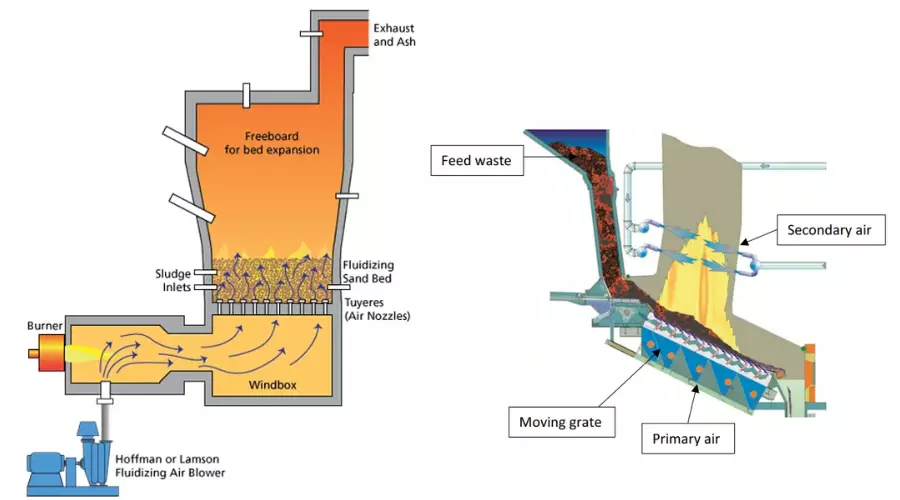Types of Centrifuge – Definition, Principle, and Applications
A centrifuge can define as a laboratory device that use rapid rotational Force to separate component’s of a mixture based on their Density difference’s, and it is considered a key Instrumentation in many biological / chemical workflows. What is Relative Centrifugal Force (RCF)? Relative Centrifugal Force (RCF) is the effective acceleration a particle experiences in … Read more
